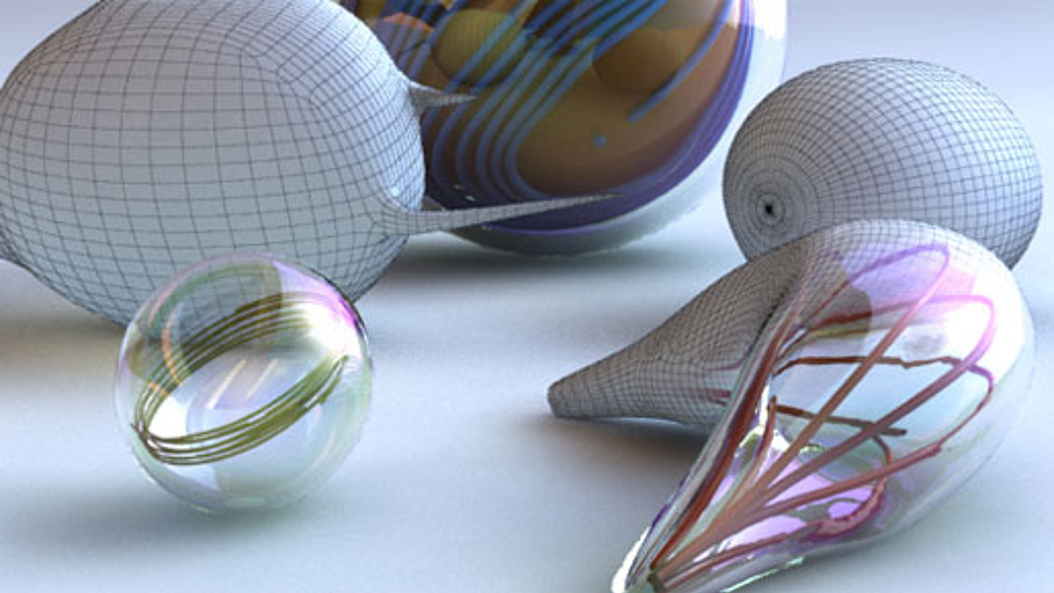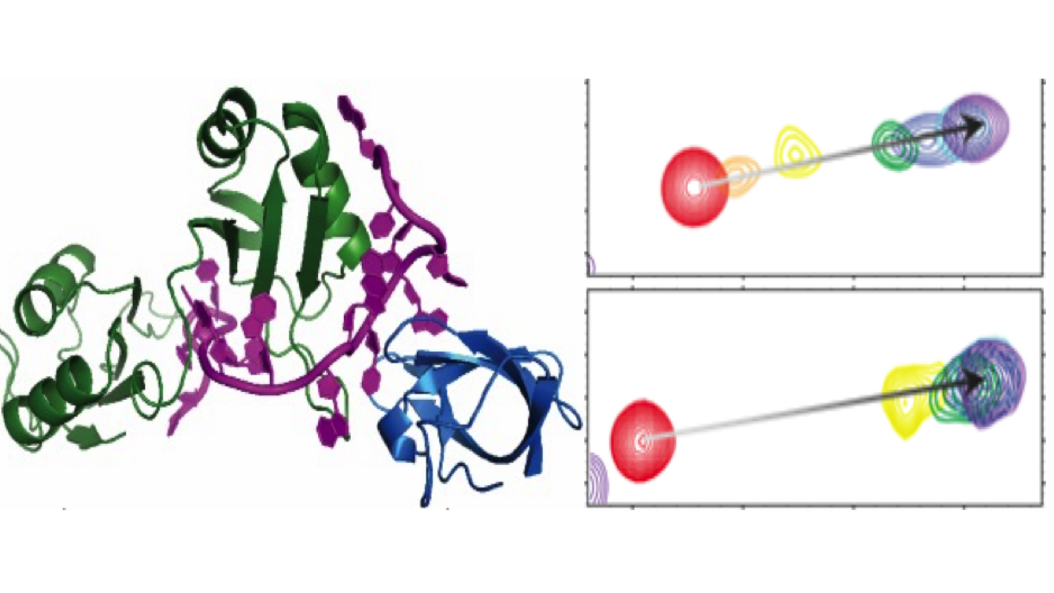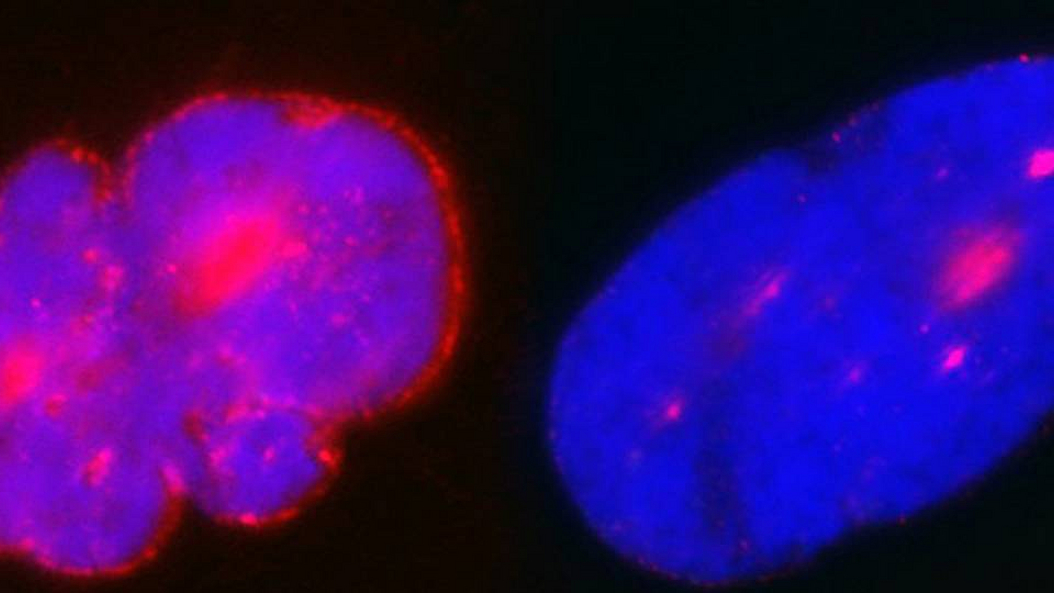Organoids & Biological Model Systems
The goal of MIBE researchers in the field of organoids and biological model systems is to generate functional, organ-like 3D structures from human-like tissue in order to better understand complex biological chains of action and to develop novel therapies.
Cellular Biophysics
PI Andreas Bausch
Cellular Biophysics Lab
Publications
All living organisms, ranging from the simplest bacteria to the most complex vertebrates, continuously consume nutrients from the environment. These externally acquired resources power diverse microscopic processes that are essential for the survival and reproduction of cells and organisms. Thus in a cellular environment energy is injected at the molecular scales through motion of the elemental energy consuming nanomachines. Elucidating the basic physical laws that govern the collective behavior of such bustling cellular environments is essential not only for deciphering the physical basis of life but also for engineering complex machines that are capable of reproducing or interfering with functionalities found in living organisms, which is needed for identifying cures for malfunctioning found in many diseases. The research project of Prof. Bausch and his team aims particularly to reconstitute fundamental functional modules of cells connected to the cytoskeletal machinery.
Integrative Structural Biology
PI Michael Sattler
Chair of Biomolecular NMR-Spectroscopy
Publications
The research of Prof. Sattler and his team elucidates molecular mechanisms of the functions of biological macromolecules using integrative structural biology. Combining solution NMR, small angle X-ray and neutron scatterning (SAXS, SANS), crystallography and fluorescence methods (FRET, in collaboration) they study dynamic conformations of proteins and RNAs that are essential for their functional activity, in cellular signaling and disease pathways. For these studies they employ protein and RNA engineering tools, for example, to incorporate isotopes and spin labels by segmental ligation. NMR fragment-screening and structure-based approaches are used to develop small molecule inhibitors of drug targets. Researchers at BNMRZ develop new methods and probes for medical MRI imaging (Steffen Glaser), novel NMR methods to study amyloid fibrils linked to neurodegeneration and Diabetes (Bernd Reif), nanodiscs to study dynamics of membrane proteins and associated complexes (Franz Hagn), and structural mechanisms of Hepatitis B Virus (Anne Schütz).
More information:
Article in TUM's science magazine: How proteins work
BNMRZ Corporate video (in German)
Epigenetics of Skin Aging
Prof. Dr. Karima Djabali
Research Group Epigenetics of Skin Aging
Publications
The principle aim of Professor Djabali’s research on the molecular and cellular pathogenesis of premature ageing, in particular of Hutchsinson-Gildford Progeria Syndrome (HGPS), is to develop preventative strategies to slow down the ageing process and the course of age-related disease. A major focus of this research is stem cell research and its significance for tissue regeneration during the ageing process.


